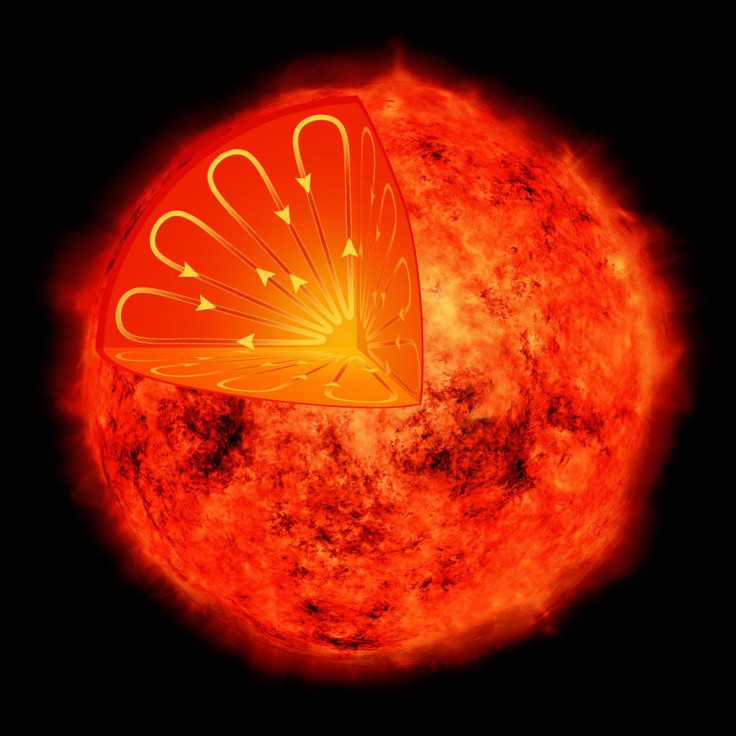Proxima Centauri, Earth’s Friendly Neighborhood Red Dwarf Star, Is More Sun-Like Than Previously Thought

Last week, in a study accepted for publication in the Astrophysical Journal Letters, a team of researchers argued that Proxima b — a planet orbiting a star just 4.2 light-years from Earth — may be more Earth-like than previously believed, making it the prime candidate for the hunt of life beyond our solar system.
Now, a separate study accepted for publication in the Monthly Notices of the Royal Astronomical Society states that the star Proxima b orbits — a red dwarf named Proxima Centauri — may be surprisingly Sun-like, at least in one key aspect.
Proxima Centauri — which is just one-tenth as massive and only one-thousandth as luminous as our Sun — exhibits a regular cycle of starspots, much like our parent star’s sunspot activity.
However, while our star experiences a 11-year sunspot activity cycle — with the Sun being nearly spot-free during solar minimum, and having over 100 spots covering less than 1 percent of its surface at solar maximum — on Proxima Centauri, there would be occasions when roughly 20 percent of the surface would be covered in starspots.
“If intelligent aliens were living on Proxima b, they would have a very dramatic view,” lead author Brad Wargelin from the Harvard-Smithsonian Center for Astrophysics, said in a statement released Tuesday.
So why is this surprising?
Starspot activity is driven by changes in a star’s magnetic field, which, in turn, are believed to be caused by the shear generated due to convective motion in the star’s plasma. Unlike the Sun, where only the outer third portion experiences convection, and the interior remains relatively still, a small red dwarf-like Proxima Centauri should be convective all the way to its core, and shouldn't experience a regular cycle of activity.
“The existence of a cycle in Proxima Centauri shows that we don't understand how stars’ magnetic fields are generated as well as we thought we did,”
It is still unclear what impact the presence of starspots on Proxima Centauri has on the habitability of Proxima b. On the one hand, a regular starspot activity may indicate that the star is stable, thereby more conducive to the birth and evolution of life on planets around it. On the other, it is also possible that flares and winds, both driven by a star’s magnetic fields, could be scouring the planet at regular intervals, stripping away its atmosphere, and making it a barren, hostile world — at least to life as we know it.
“Direct observations of Proxima b won't happen for a long time. Until then, our best bet is to study the star and then plug that information into theories about star-planet interactions,” co-author Jeremy Drake, also from the Harvard-Smithsonian Center for Astrophysics, said in the statement.
© Copyright IBTimes 2025. All rights reserved.






















